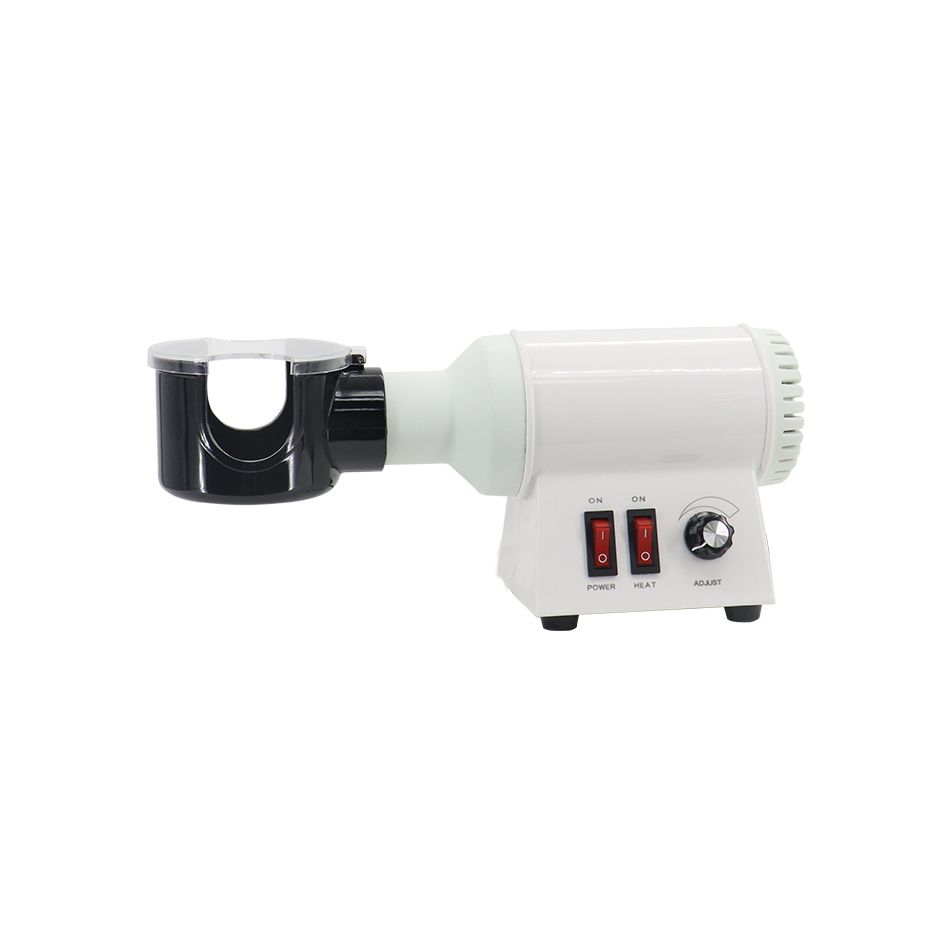Precautions During Optometry
(1) Children under 12 years old. Because of its strong adjustment effect, if the optometry does not dilate the pupil, the error will be very large.
(2) For patients with myopia, hyperopia or astigmatism between the ages of 12 and 40, in principle, pupils should be dilated during the first refraction. In the second refraction, if the power does not change much, the small pupil refraction can be added or subtracted according to the original power.
(3) The fundus and refractive interstitial examinations are normal, but the eyesight is poor. It is necessary to use mydriatic refraction to exclude those with refractive errors.
(4) More complicated refractive errors, such as high myopia, high hyperopia or high astigmatism, myopia or hyperopia combined with astigmatism.
(5) Adolescents have unstable eyesight. Their eyesight is good for a while and poor for a while. They are suspected of being pseudomyopia. Once this kind of patients dilates their pupils, the adjustment effect disappears, and the pseudomyopia is also eliminated.


